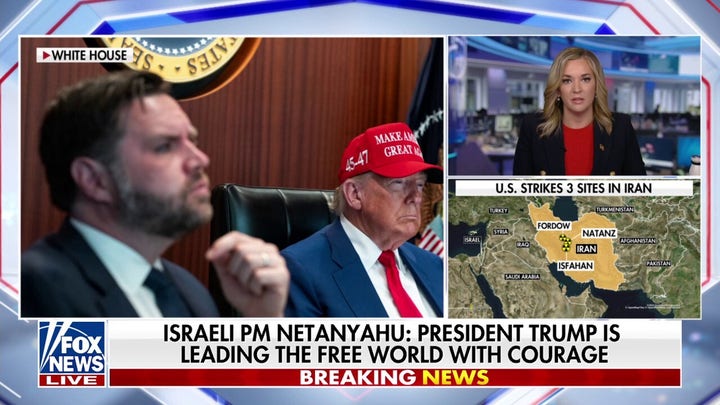There is no question that President Donald Trump is deserving of the Nobel Peace Prize. Nations, statesmen and elected officials around the globe have seen the fruits of his labor to bring peace to different hemispheres.
The big question is, ‘Is there a real pathway for President Trump to actually receive the Nobel Peace Prize?’ I believe there is. But it’s a pathway that must be flawlessly executed.
And in doing so, it’s important to understand the history of the Nobel Peace Prize and the actual process for awarding it. We can also gain insight from how a former Trump appointee led an international organization to receive it. And we can learn from how a former Republican president worked to end a war and received the Nobel Peace Prize despite protests from Norwegian and Swedish politicians and media.
The Nobel Prizes were established by the will of the famed Swedish industrialist and inventor, Alfred Nobel. Nobel was the inventor of dynamite and, at the time of his death in 1896, was the owner of Bofors, the Swedish armaments manufacturer.
I personally became intrigued with the Nobel Prizes while doing consulting work for Bofors in the late 1990s and visiting Karlskoga, Sweden, a number of times.
Nobel’s will provided for prizes in physics, chemistry, physiology or medicine, literature and peace. A Nobel Memorial Prize in Economic Sciences was added in 1968. The original prizes have been awarded since 1901.
In his will, Nobel provided that the prizes were to be awarded by different Swedish entities, with the exception of the Nobel Peace Prize, which was to be awarded ‘by a committee of five persons to be elected by the Norwegian Storting [Parliament].’ Today, the Norwegian Nobel Committee is responsible for selecting Nobel Peace Prize laureates. Appointed by the Norwegian Parliament, it should surprise no one that historically its members have been former members of Parliament and cabinet ministers.
Only ‘qualified nominators’ can submit a name for the Nobel Peace Prize. These include members of national assemblies, national governments, current heads of state, previous recipients, certain university professors and directors of peace research institutions.
This explains why President Trump has been nominated by numerous members of Congress, several nations, heads of state and university professors. Nominations are due on Jan. 31 each year, followed by a multi-stage selection process. The winner is announced in early October, with the award ceremony taking place on Dec. 10 every year at Oslo City Hall.
Make no mistake, this is a very political process. I served for a number of years on the board of the Norwegian-American Foundation. I remember when the Nobel Peace Prize was awarded to President Barack Obama for ‘the promise’ of his vision. My Norwegian friends were flabbergasted.
, founded by former Norwegian Prime Minister Kjell Magne Bondevik, is considered much less political than the Norwegian Nobel Institute. It has a history of actually being in the field promoting peace and strengthening democratic political institutions and processes. I met with him as he was laying the foundation for the center and heard his vision. An ordained Lutheran minister, he’s the former head of the Christian Democratic Party. Current committee member Anne Enger served as Bondevik’s deputy during his first term as prime minister. And committee member Kristin Clemet served as Bondevik’s minister of education during his second term.
Either through the ambassador when he’s confirmed, or through the current charge d’affaires, the embassy needs to take a proactive role in making the case for President Trump to the Norwegian media and institutions.
: Former South Carolina Gov. David Beasley received the prize as the Trump-appointed executive director of the World Food Program (WFP) in 2020. The WFP had been nominated numerous times over 40 years, but it was under a Trump appointee’s leadership that it finally happened. Insights on how Beasley and the WFP interacted with Norwegian authorities can be helpful.



